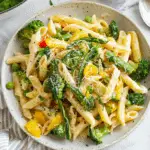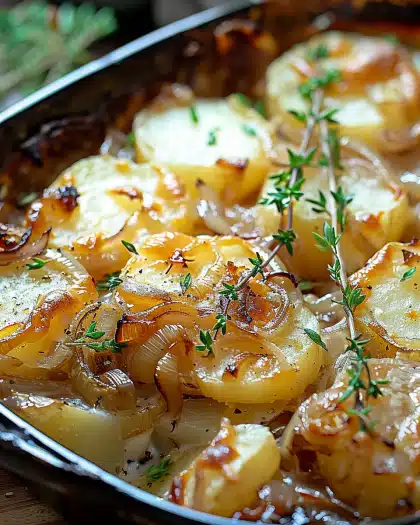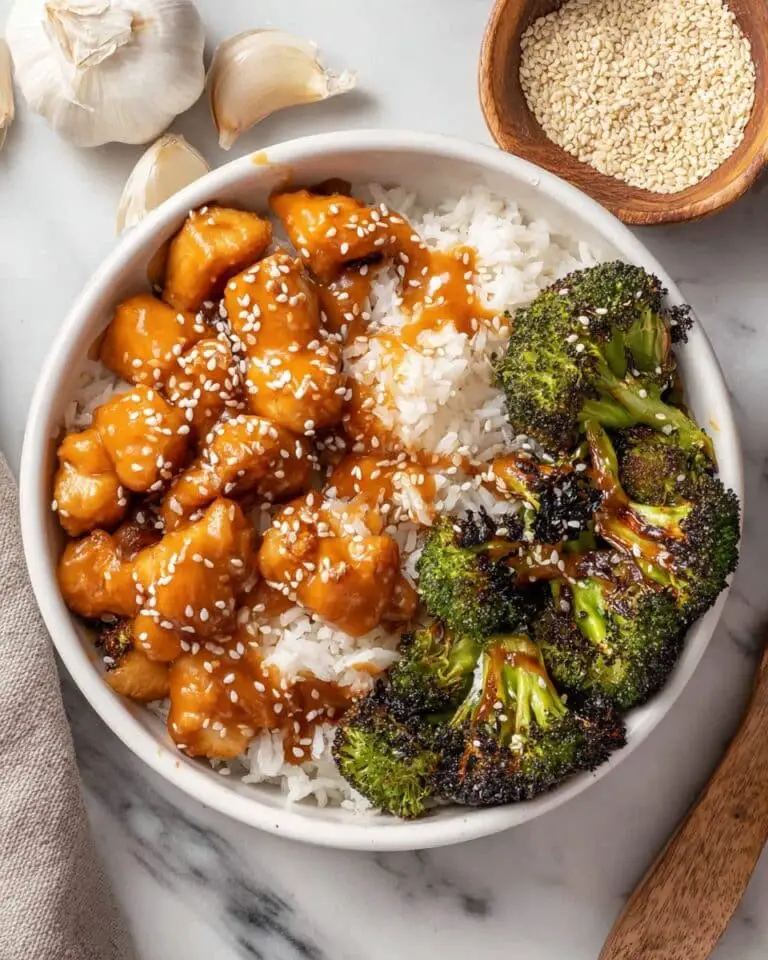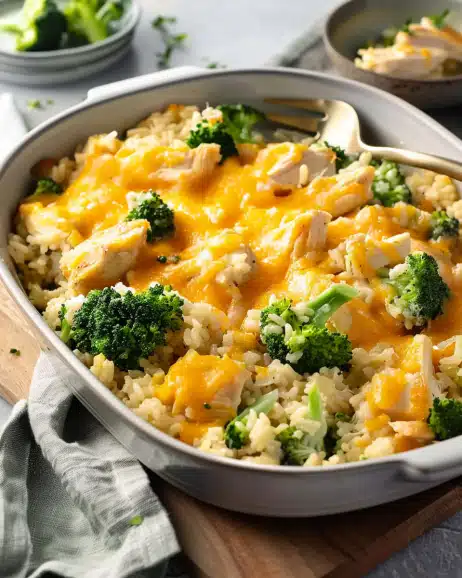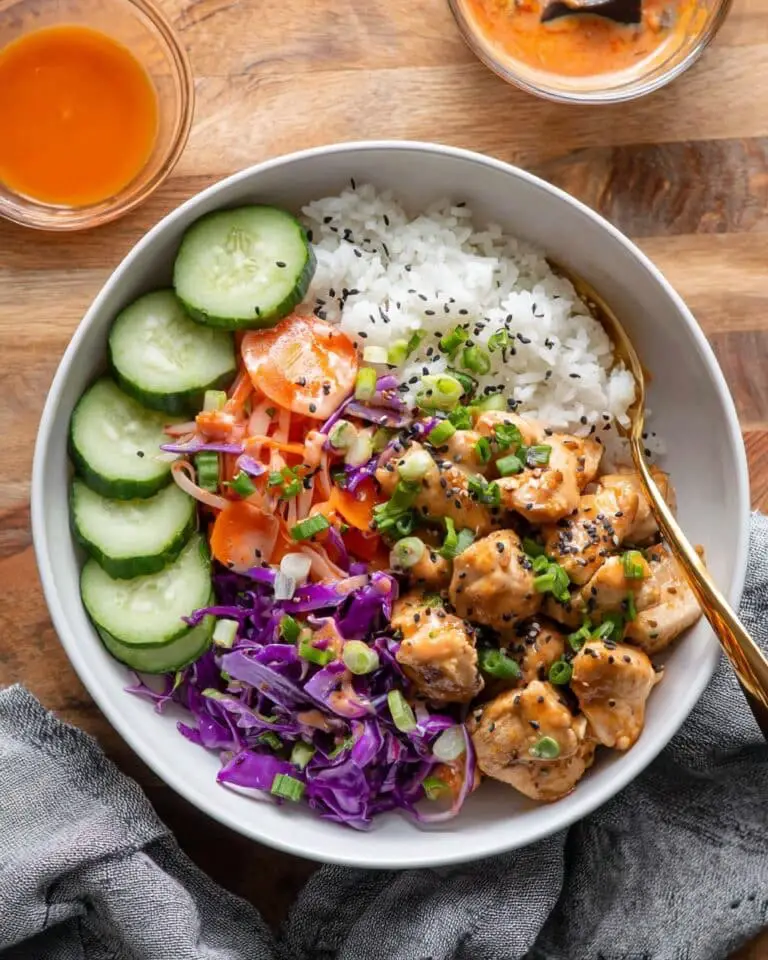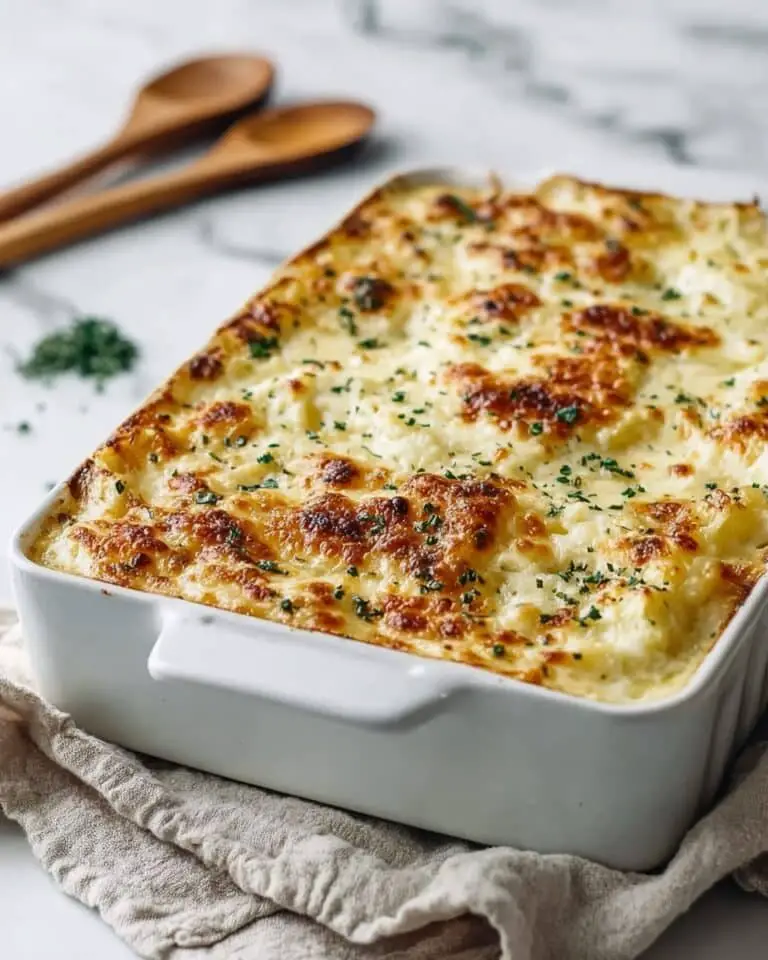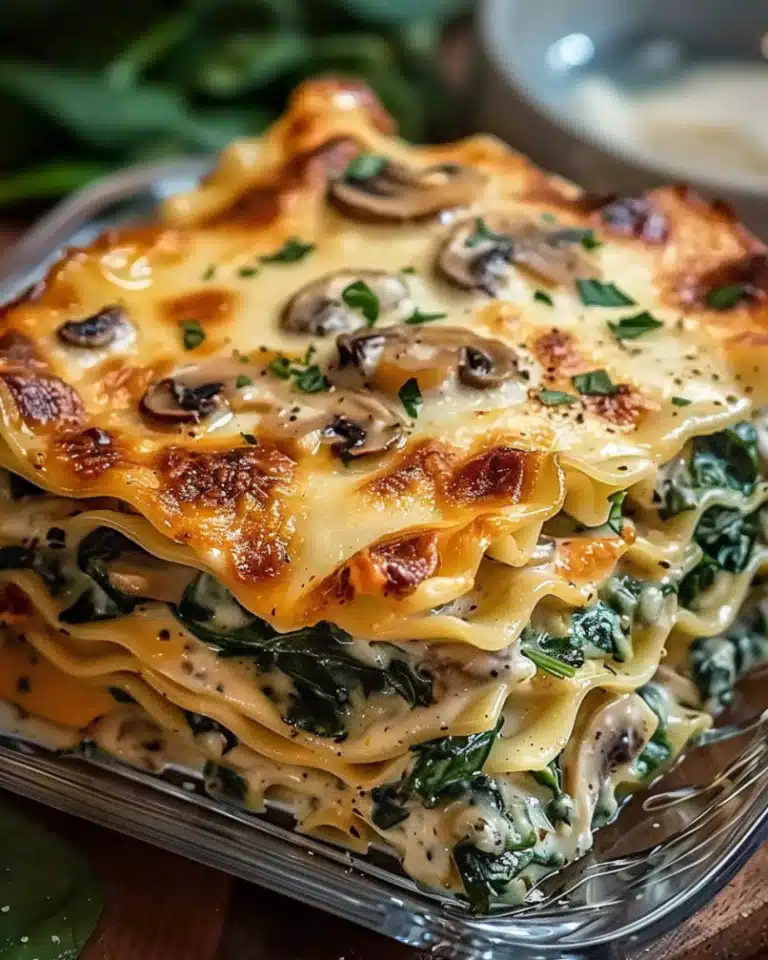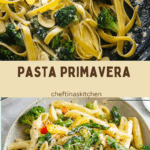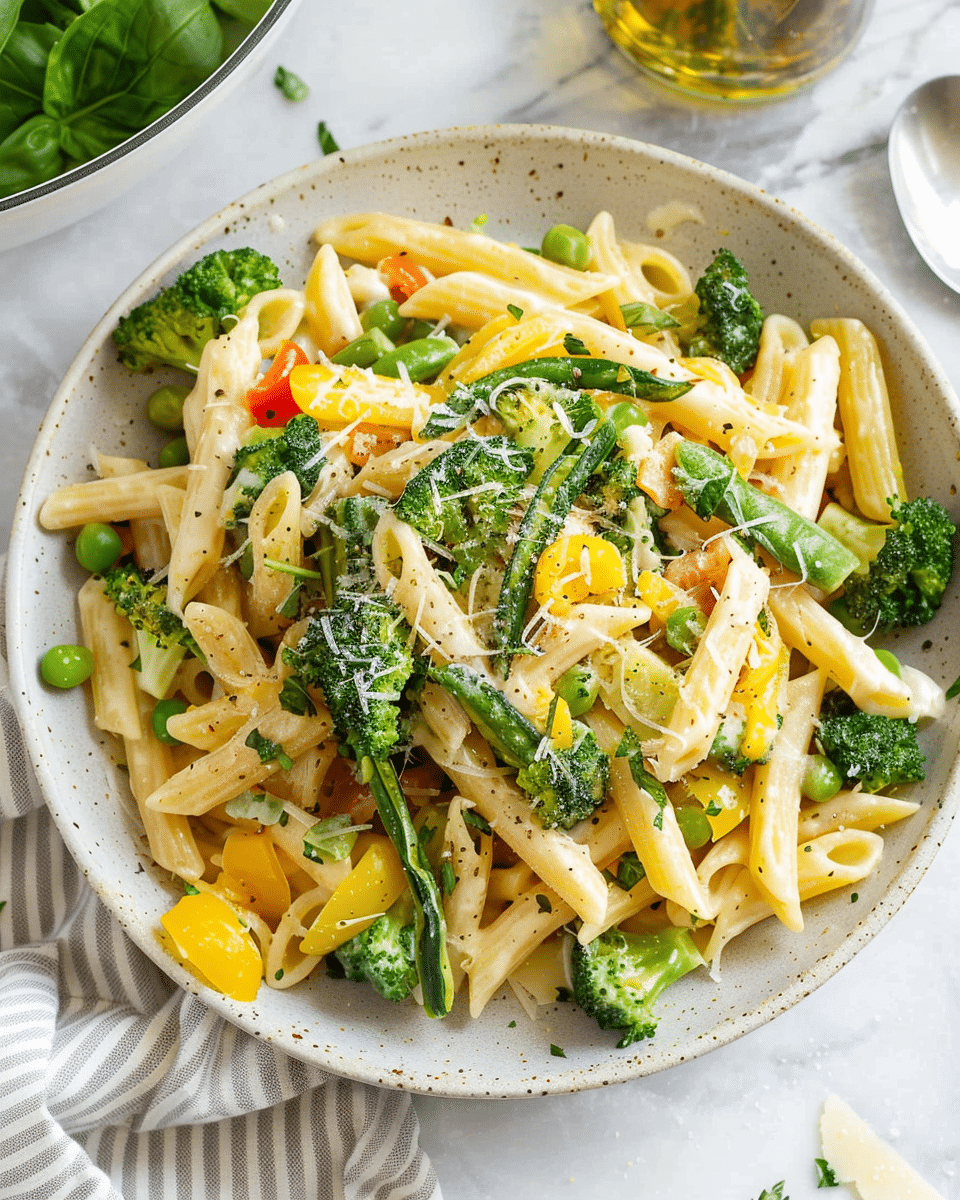
Why You’ll Love This Recipe
-
Packed with fresh, seasonal vegetables
-
Light yet satisfying, with a creamy texture from cheese—not cream
-
Quick and easy to prepare in just 30 minutes
-
All vegetables cook in one pan, making cleanup a breeze
-
Customizable with your favorite herbs and seasonal produce
Ingredients
(Tip: You’ll find the full list of ingredients and measurements in the recipe card below.)
-
10 ounces penne pasta
-
2 tablespoons extra-virgin olive oil, plus more for drizzling
-
4 garlic cloves, sliced
-
1 yellow squash, sliced into thin half-moons
-
1 zucchini, sliced into thin half-moons
-
1 bunch asparagus, chopped into 1-inch pieces
-
1 cup cherry tomatoes, halved
-
1 cup thinly sliced red onion
-
1 teaspoon sea salt
-
½ cup frozen peas, thawed
-
¾ cup grated pecorino cheese
-
3 tablespoons fresh lemon juice
-
Red pepper flakes, to taste
-
1 cup fresh basil leaves, plus more for garnish
-
¼ cup fresh tarragon (optional but highly recommended)
-
Freshly ground black pepper, to taste
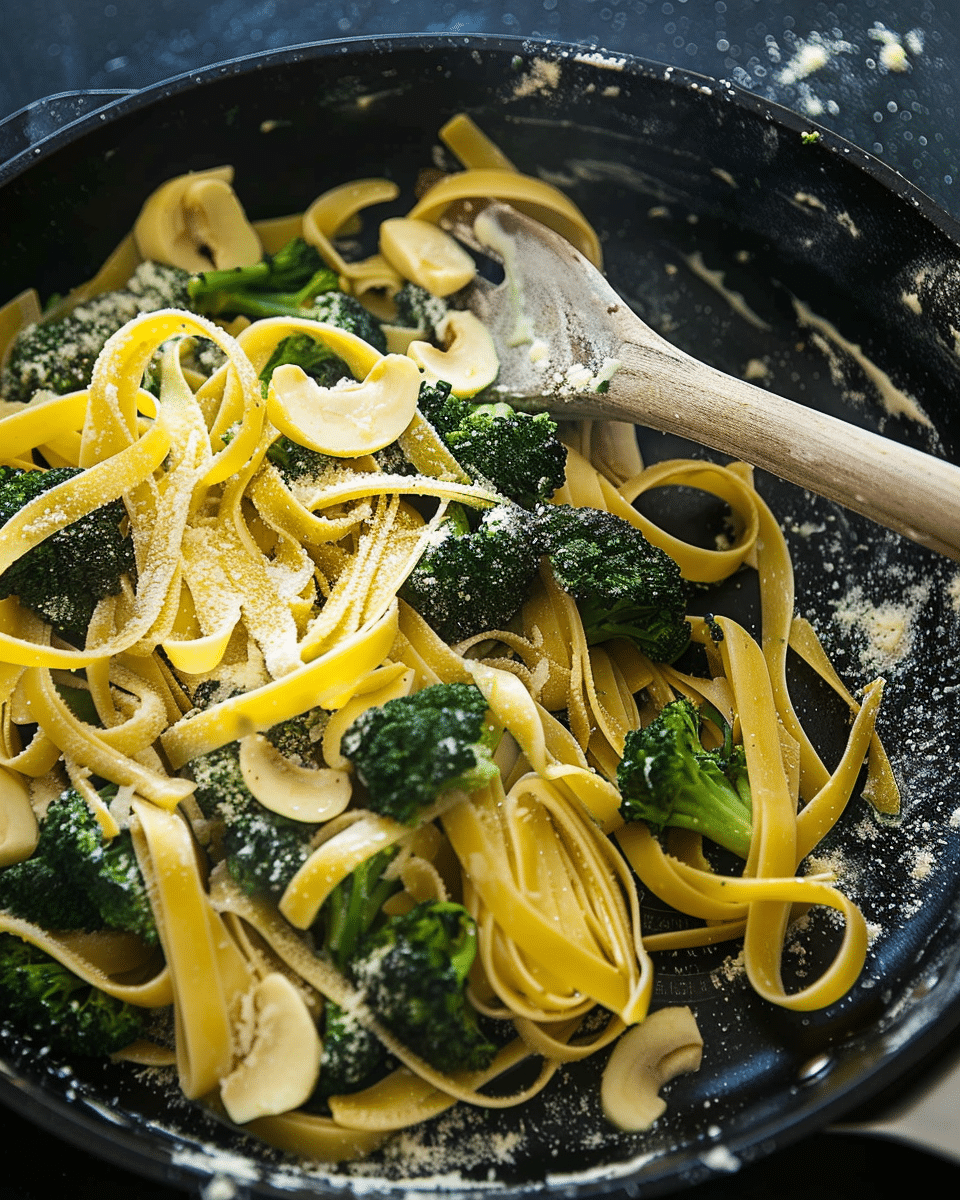
Directions
-
Bring a large pot of salted water to a boil. Cook the pasta according to package instructions until al dente. Drain and toss with a drizzle of olive oil to prevent sticking.
-
While the pasta cooks, heat the olive oil in a large, deep skillet over medium heat.
-
Add garlic, squash, zucchini, asparagus, cherry tomatoes, red onion, salt, and pepper. Sauté for 3 to 4 minutes, until vegetables are just tender.
-
Add the cooked pasta, peas, grated pecorino cheese, lemon juice, and a pinch of red pepper flakes. Toss until the cheese melts and lightly coats the pasta.
-
Stir in the fresh basil and tarragon (if using). Adjust seasoning with salt and pepper to taste.
-
Garnish with more fresh basil before serving.
Servings and timing
-
Servings: 4
-
Prep time: 10 minutes
-
Cook time: 20 minutes
-
Total time: 30 minutes
Variations
-
Use spaghetti, farfalle, or fusilli instead of penne
-
Add grilled chicken, shrimp, or chickpeas for more protein
-
Replace pecorino with Parmesan, goat cheese, or a dairy-free option
-
Include other veggies like bell peppers, mushrooms, or spinach
-
Swap tarragon for parsley, chives, or dill
Storage / Reheating
-
Refrigerate: Store leftovers in an airtight container for up to 3 days.
-
Reheat: Warm gently on the stovetop over medium heat with a splash of water or olive oil. Microwave in 30-second intervals, stirring between.
-
Freezing: Not recommended, as the vegetables and pasta can become mushy when thawed.
FAQs
Can I make this dish vegan?
Yes, simply omit the cheese or use a plant-based cheese alternative.
What’s the best pasta for primavera?
Short pasta like penne works well because it mixes evenly with the chopped vegetables, but spaghetti or linguine are good too.
Can I use fresh peas instead of frozen?
Absolutely. Just blanch them briefly before adding.
What does tarragon add to the dish?
Tarragon adds a delicate, slightly anise-like flavor that pairs beautifully with the lemon and vegetables.
Can I prepare the veggies ahead of time?
Yes, you can chop the vegetables in advance and store them in the fridge for up to 24 hours.
Is this dish spicy?
It has a mild heat from the red pepper flakes. Adjust the amount to your preference or omit if sensitive to spice.
Can I add a protein to make it more filling?
Yes, grilled chicken, shrimp, or canned tuna work well. Chickpeas or white beans are great vegetarian options.
What’s the best way to avoid mushy vegetables?
Sauté over medium heat just until tender. Avoid overcrowding the pan to prevent steaming.
Does this pasta work for meal prep?
Yes, but it’s best eaten fresh. If prepping ahead, undercook the veggies slightly so they don’t get too soft when reheated.
Can I serve this dish cold as a pasta salad?
Yes! Let it cool, then chill and serve with extra lemon juice and olive oil for a refreshing pasta salad.
Conclusion
Pasta Primavera is a beautiful, seasonal dish that’s quick to prepare and endlessly adaptable. Whether you follow the recipe to the letter or make it your own with different vegetables or herbs, this pasta is sure to become a favorite for light, fresh dinners all season long.
PrintPasta Primavera
5 Stars 4 Stars 3 Stars 2 Stars 1 Star
No reviews
This Pasta Primavera recipe is a fresh and vibrant dish made with a medley of seasonal vegetables, penne pasta, and a light coating of cheese and lemon juice. It’s the perfect quick and easy dinner for spring or summer.
- Author: Tina
- Prep Time: 10 minutes
- Cook Time: 20 minutes
- Total Time: 30 minutes
- Yield: 4 servings
- Category: Main Dish
- Method: Sauté
- Cuisine: American
- Diet: Vegetarian
Ingredients
10 ounces penne pasta
2 tablespoons extra-virgin olive oil, plus more for drizzling
4 garlic cloves, sliced
1 yellow squash, sliced into thin half-moons
1 zucchini, sliced into thin half-moons
1 bunch asparagus, chopped into 1-inch pieces
1 cup cherry tomatoes, halved
1 cup thinly sliced red onion
1 teaspoon sea salt
½ cup frozen peas, thawed
¾ cup grated pecorino cheese
3 tablespoons fresh lemon juice
Red pepper flakes, to taste
1 cup fresh basil leaves, plus more for garnish
¼ cup fresh tarragon, optional
Freshly ground black pepper, to taste
Instructions
- Bring a large pot of salted water to a boil. Cook the penne pasta until al dente, according to package instructions. Drain and toss with a drizzle of olive oil.
- Heat olive oil in a large skillet over medium heat. Add garlic, squash, zucchini, asparagus, cherry tomatoes, red onion, salt, and black pepper. Sauté for 3-4 minutes until the vegetables are tender.
- Add the cooked pasta, peas, pecorino cheese, lemon juice, and red pepper flakes. Toss well until the cheese melts and lightly coats the pasta.
- Stir in the basil and tarragon (if using). Season to taste with more salt and pepper.
- Garnish with extra basil and serve immediately.
Notes
- Use spaghetti squash instead of pasta for a low-carb option.
- Substitute Parmesan for pecorino if preferred.
- Tarragon adds a unique depth of flavor—highly recommended but optional.
- Great for using up seasonal produce from the farmers market.
Nutrition
- Serving Size: 1/4 of recipe
- Calories: 420
- Sugar: 7g
- Sodium: 620mg
- Fat: 17g
- Saturated Fat: 6g
- Unsaturated Fat: 10g
- Trans Fat: 0g
- Carbohydrates: 55g
- Fiber: 7g
- Protein: 16g
- Cholesterol: 20mg

